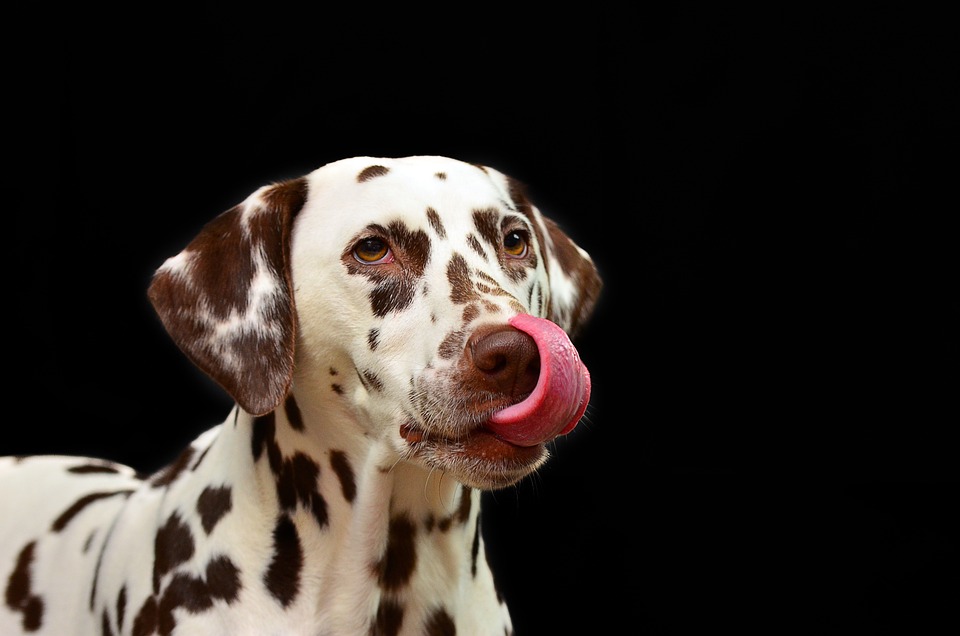Grooming your dog is an essential part of their overall health and well-being. However, many dogs can become anxious or stressed during grooming sessions, making it a challenging task for both the dog and the groomer. Fortunately, with the right training and techniques, you can help your furry friend stay calm and relaxed during grooming sessions. In this article, we will explore effective strategies to train your dog to stay calm during grooming sessions and provide answers to frequently asked questions.
Understanding the Importance of Calmness in Grooming Sessions
Grooming sessions can be stressful for dogs, as they may encounter unfamiliar sounds, sensations, and experiences. When dogs become anxious or stressed, it can lead to uncooperative behavior, making the grooming process difficult and uncomfortable for both the dog and the groomer. Training your dog to stay calm during grooming sessions not only improves their grooming experience but also ensures their safety and the effectiveness of the grooming process.
Building Positive Associations with Grooming Tools and Environment
Introducing your dog to grooming tools and the grooming environment in a positive and gradual manner is crucial to help them stay calm during grooming sessions. Here are some steps to follow:
1. Desensitization: Start by introducing your dog to grooming tools, such as brushes, combs, and clippers, in a non-threatening and positive way. Allow your dog to sniff and investigate the tools while rewarding them with treats and praise for calm behavior.
2. Positive reinforcement: Associate grooming tools and the grooming area with positive experiences. Offer treats or playtime in the grooming area to create a positive association with the environment. Gradually introduce grooming tools during these sessions to continue building positive associations.
3. Gradual handling: Gradually accustom your dog to being touched and handled in areas that will be groomed. Start with gentle touches and gradually increase the intensity and duration of handling. Reward calm behavior throughout the process.
Implementing Relaxation Techniques
Teaching your dog relaxation techniques can significantly help them stay calm during grooming sessions. Here are some techniques to consider:
1. Counter-conditioning: Associate grooming sessions with relaxation by using treats and praise. Start by lightly touching your dog in areas that will be groomed, rewarding them for calm behavior. Gradually increase the duration and intensity of grooming touches while rewarding your dog for staying relaxed.
2. Desensitization to sounds: Many grooming tools produce unfamiliar sounds that can trigger anxiety in dogs. Help your dog become desensitized to these sounds by gradually exposing them to the noise in a controlled environment. Start with low volumes and gradually increase the volume while offering treats and praise for calm behavior.
3. Massage and gentle touch: Regularly massage your dog and gently touch their paws, ears, and other areas that will be groomed. This helps your dog become accustomed to the sensations and relaxes them during grooming sessions.
FAQs (Frequently Asked Questions)
Q: How long does it usually take to train a dog to stay calm during grooming sessions?
A: The training duration can vary depending on the dog’s temperament, previous grooming experiences, and the consistency of training. It may take a few weeks to a few months to achieve significant improvements.
Q: What if my dog still gets anxious during grooming sessions despite training?
A: If your dog continues to struggle with anxiety during grooming, consider consulting a professional dog trainer or a certified animal behaviorist. They can provide guidance tailored to your dog’s specific needs.
Q: Can I use sedatives or calming products to help my dog stay calm during grooming?
A: It is best to consult with a veterinarian before using any sedatives or calming products. They can assess your dog’s health and provide appropriate recommendations.
Q: Are there any specific breeds that are more prone to anxiety during grooming?
A: While anxiety levels can vary among individual dogs, some breeds, such as poodles, Bichon Frises, and Shih Tzus, are known to be more sensitive or prone to anxiety during grooming. However, proper training and socialization can help dogs of all breeds become more comfortable with grooming.
In conclusion, training your dog to stay calm during grooming sessions is essential for their well-being and the effectiveness of the grooming process. By building positive associations, implementing relaxation techniques, and gradually acclimating your dog to grooming tools and the grooming environment, you can help them have a more relaxed and enjoyable grooming experience. Remember to be patient, consistent, and reward calm behavior, and don’t hesitate to seek professional help if needed.









